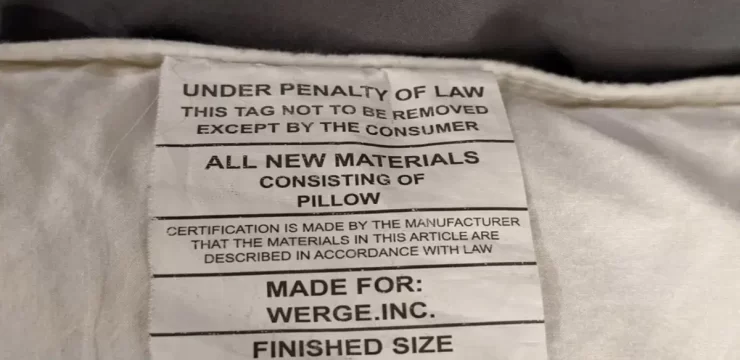No one likes to talk about it, but at some point, almost everyone has to face the inconvenience of a clogged toilet. Whether it’s caused by too much toilet paper, a flushed item that shouldn’t have been, or just an unfortunate plumbing hiccup, a blocked toilet can throw your whole day off. Usually, the go-to solution is to grab a plunger and go to battle, but what if you don’t have one on hand or just can’t bring yourself to deal with the mess?

Fortunately, there’s a surprisingly easy solution that doesn’t involve any plunging at all. Believe it or not, all you need is liquid dish soap and hot water—two things you probably already have in your kitchen. This hack, shared by Build.com and credited to Connor Plumbing, has become a go-to trick for folks who want a fast, effective, and much cleaner way to unclog a toilet. The beauty of this method is its simplicity. First, grab your bottle of liquid dish soap—any kind will work, but brands like Dawn are particularly effective because they’re tough on grease. Pour about half a cup of the soap directly into the toilet bowl. You don’t need to stir or do anything else—just let it slowly sink and start working its magic.
Once the soap is in, set a timer and let it sit for around 25 to 30 minutes. During this time, the soap is working its way down to the clog, coating and lubricating the materials that are causing the blockage. That lubrication helps to loosen things up and make it easier for the clog to move through the pipes. While you’re waiting, fill a bucket with hot water. It’s important not to use boiling water, as it can crack the porcelain of your toilet. Hot water from your tap or water that’s been heated and cooled slightly from boiling is perfect. When the time is up, carefully pour the hot water into the toilet bowl. It’s best to do this slowly and from waist height, as the added pressure can help push the clog through without overflowing the bowl.
With the dish soap working as a lubricant and the hot water adding pressure and heat, the clog should begin to break up and move. If you see the water level start to drop and hear the toilet gurgle, you’re on the right track. Sometimes, the clog will clear right away. Other times, you might need to repeat the process once or twice to fully clear the blockage.
While this trick doesn’t work for every single clog—especially those caused by large or solid foreign objects—it’s definitely worth trying before you call in a professional plumber. Not only is it cost-effective, but it’s also a lot more sanitary than using a plunger, especially if you’re not comfortable dealing with the splashback that often comes with plunging. This method is especially handy in emergencies when you don’t have access to a plunger or want to avoid making a bigger mess. It’s also useful in public restrooms or while traveling, when you might not have access to plumbing tools but can usually find soap and hot water. Another thing worth noting is the difference between a toilet plunger and a sink plunger. If you do end up needing to buy a plunger, make sure it’s designed for toilet use. Sink plungers have a flat bottom and are best for flat surfaces, like those found in sinks and bathtubs. Toilet plungers, on the other hand, have a flange or narrow bottom that fits snugly into the toilet drain, making them much more effective for this specific job. So the next time your toilet clogs and you don’t have a plunger—or just don’t want to use one—remember this quick and easy trick. A little dish soap and hot water can save you a ton of time, effort, and money. Not to mention, it’s a lot less gross. It might not be the most glamorous household tip, but it’s one of the most useful.





